Your script may be breathtaking, but without an on-set plan it’s easy to get lost in the frame. That’s where Shot-List templates come into play; they bring clarity by revealing every detail before shooting from scene numbers to focal lengths, from actor blocking to equipment notes. At TypeCalendar, we’ve packed 51 editable Shot List templates into one download to tame behind the camera chaos. Whether you’re shooting a short film, a documentary, or YouTube content, every scene can be planned in seconds.
Table of Contents
What is a Shot List and Why is it Important?

On a shooting day, when the set pace is increasing, trying to remember the angle, camera movement and actor blocking of each scene moment by moment can cost both time and budget. The shot list is a strategic guide that eliminates this chaos; it combines all the data from the scene number to the lens selection, from the light reference to the sound note, in a single table and provides a common working ground for the team. Thus, equipment changes are planned in advance, light installations are not delayed, stage skipping risks are reduced, and it becomes possible to focus on creative details instead of looking for missing plans in fiction.
TypeCalendar Shot List Pack of 51 Templates
TypeCalendar has gathered 51 editable shot list templates under one roof to address every production need. Movie-oriented tables containing script numbers, A/B camera columns and continuity areas for cinema and TV series; card structures that speed up with vertical social format tags for high-tempo commercials and music clips; large cell designs where documentary crews need detailed explanations and timecode entries; compact, single-page planners for YouTube or low-budget sets are included in this package.
Each theme comes in basic text-focused versions as well as advanced variants with visual storyboard areas, so you can switch between quick summaries or detailed planning whenever you need to.
Practical Tips for Shoot Preparation
To maximize set efficiency, you can enrich the shot list with color codes to make sun, tungsten and HMI light scenarios distinguishable at first glance. Small QR codes placed in the SVG version instantly open the reference photos on the art director’s phone, maintaining visual consistency.
When it comes to printing, printing the list on A4 as a double-column PDF and attaching it to a belt clip allows you to keep the information in front of your eyes, even when working with a gimbal or boom microphone. If you work online, marking completed scenes in the Google Sheets file automatically updates the progress percentage; you can sync the same file offline in OneDrive so that you can access the list even if the internet goes out and continue the plan without disrupting the set flow.
Formats, Editing Ease & Sharing
- PDF (300 dpi CMYK): Ready for printing; add to the set folder with a hole punch, laminate against rain.
- PPTX / Google Slides: Each slide is in the form of a single scene; the scene number and time code are updated automatically when you change the text.
- XLSX / Sheets: Total shooting time, lens change number and equipment cycle are calculated in real time with cell formulas.
- Import to CSV: Movie Magic Scheduling or StudioBinder and map dates to locations with one click.
- FDX (Final Draft) & CELTX: Formats that are compatible with the shot list panel embedded in the script software; when dragging and dropping scenes, the match is not broken.
- PNG / JPG: Offline reference in your phone gallery; send it to the WhatsApp group, everyone can look at the same frame.
Clear Flow, Flawless Editing!
When the camera enters the recording, the only enemy is uncertainty. With TypeCalendar’s 51-file Shot List Template package, scene flow, technical details and team coordination come together on the same page; it reduces the cost of reshoots to zero and leaves time for an extra coffee break in the editing room. Download now and customize it for your project; focus your creativity on the frame, not the planning mistakes.

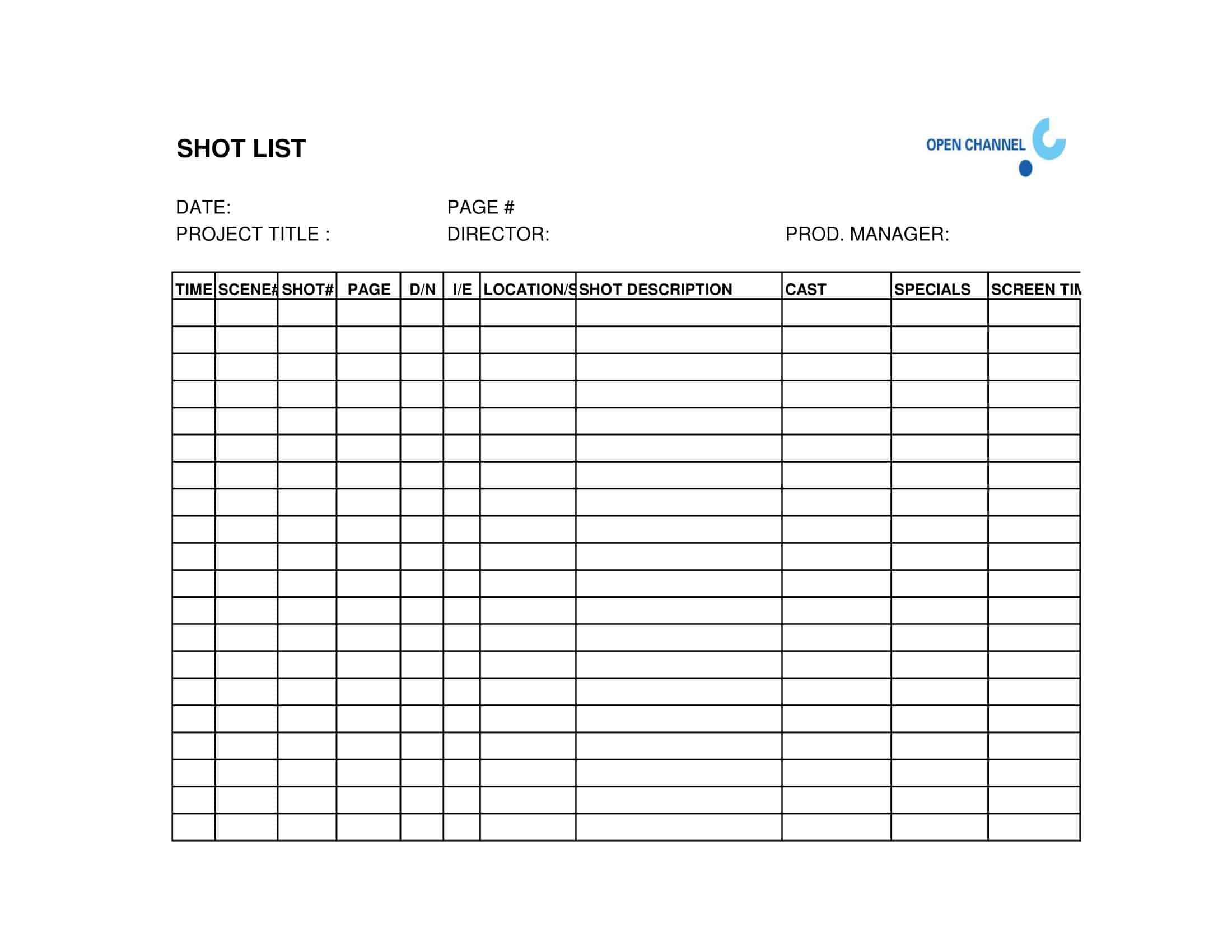





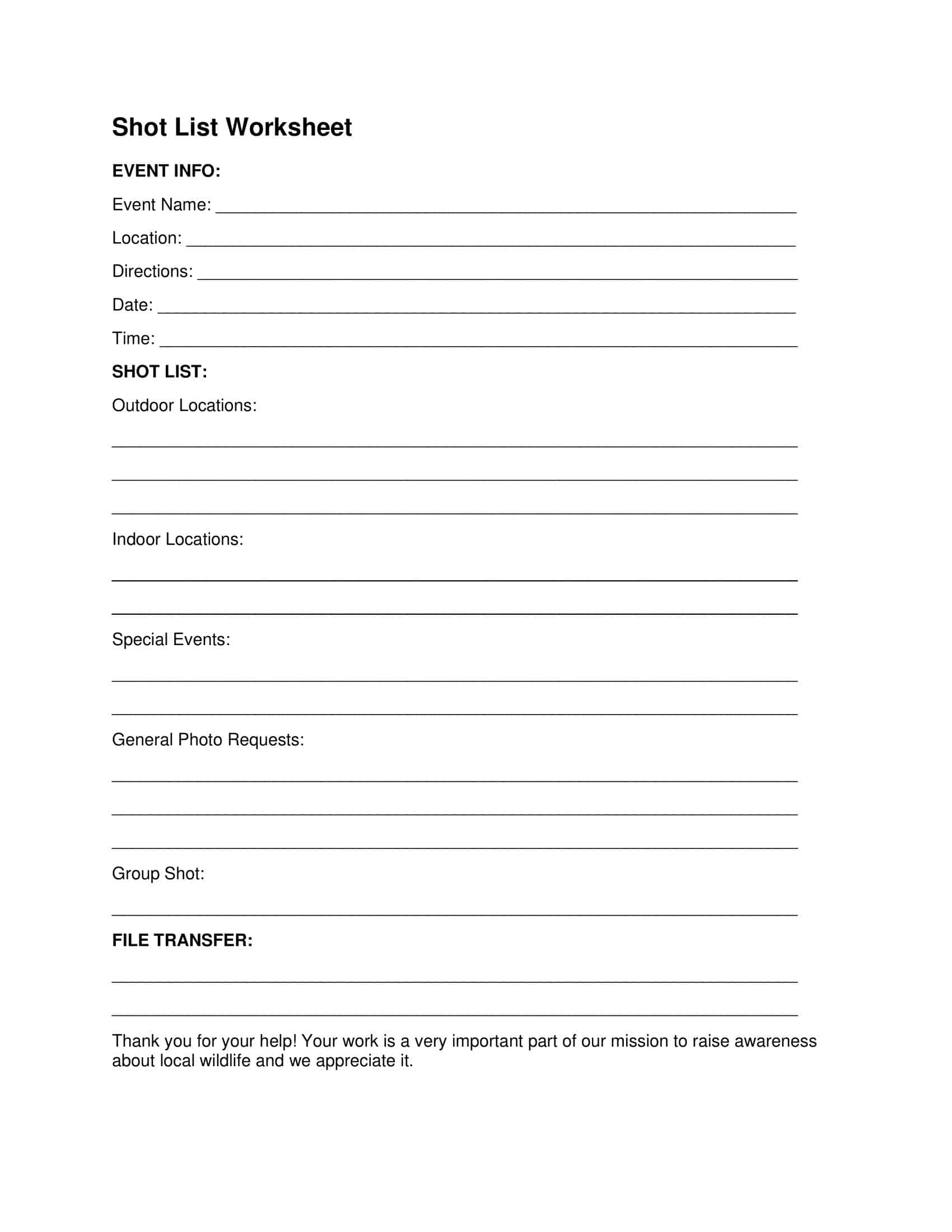






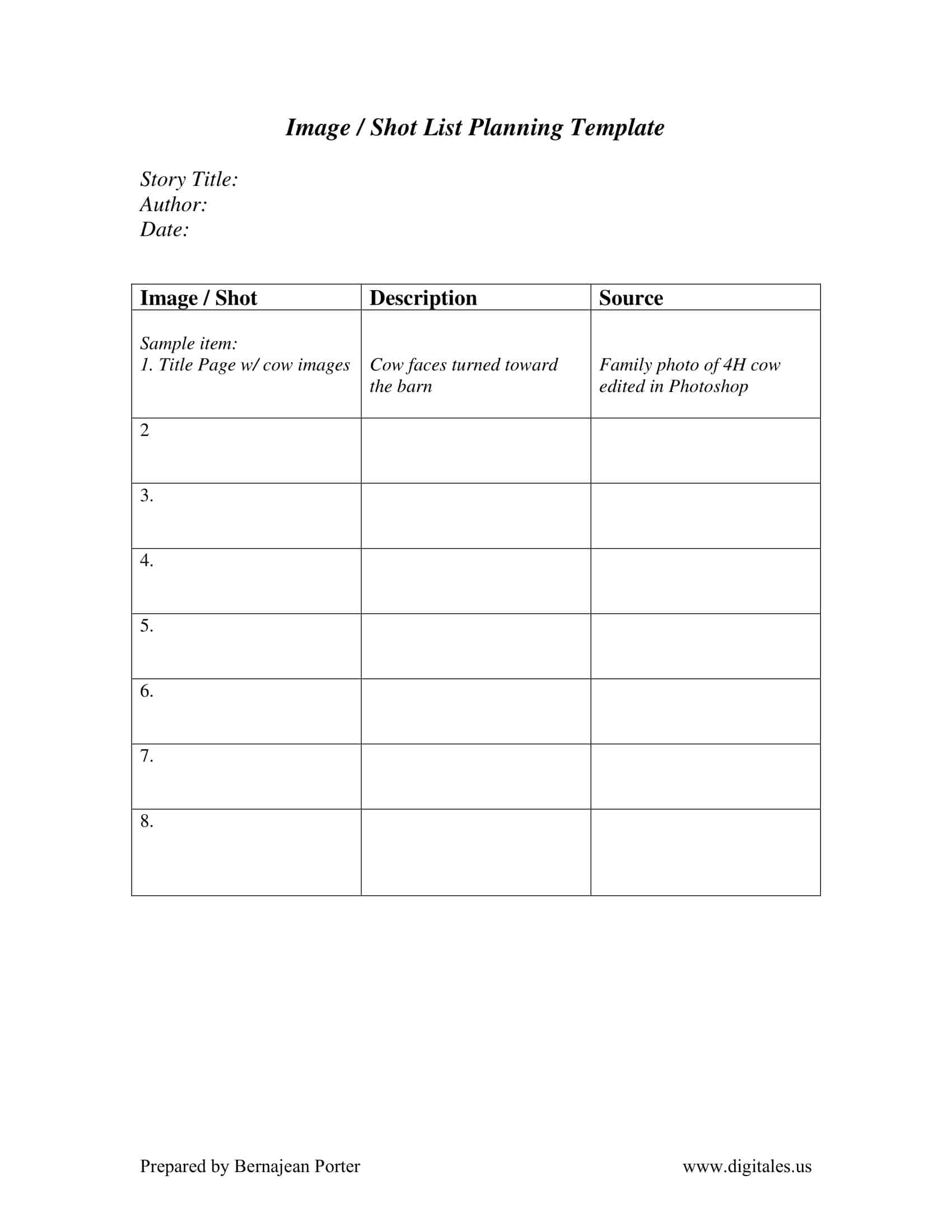










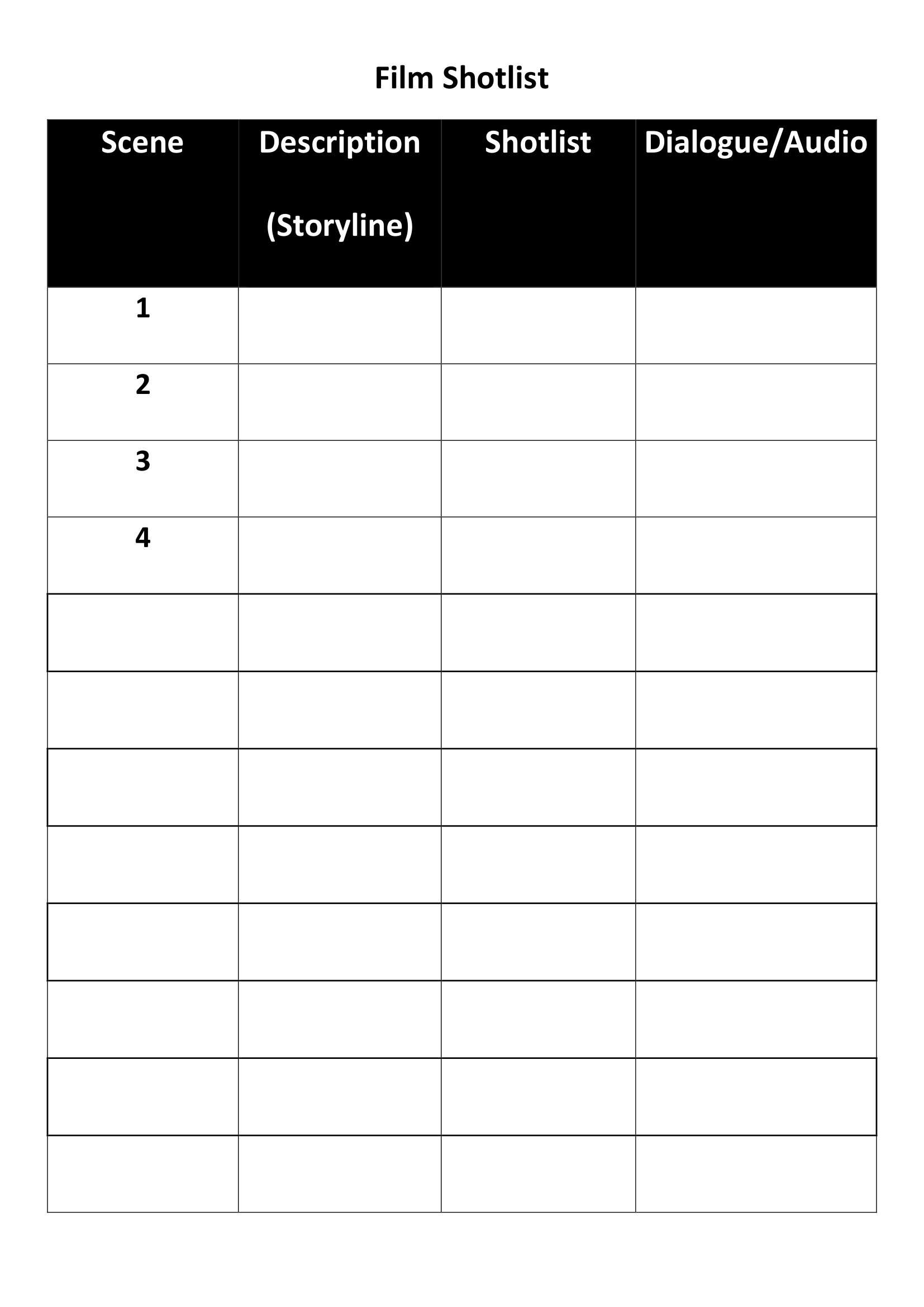

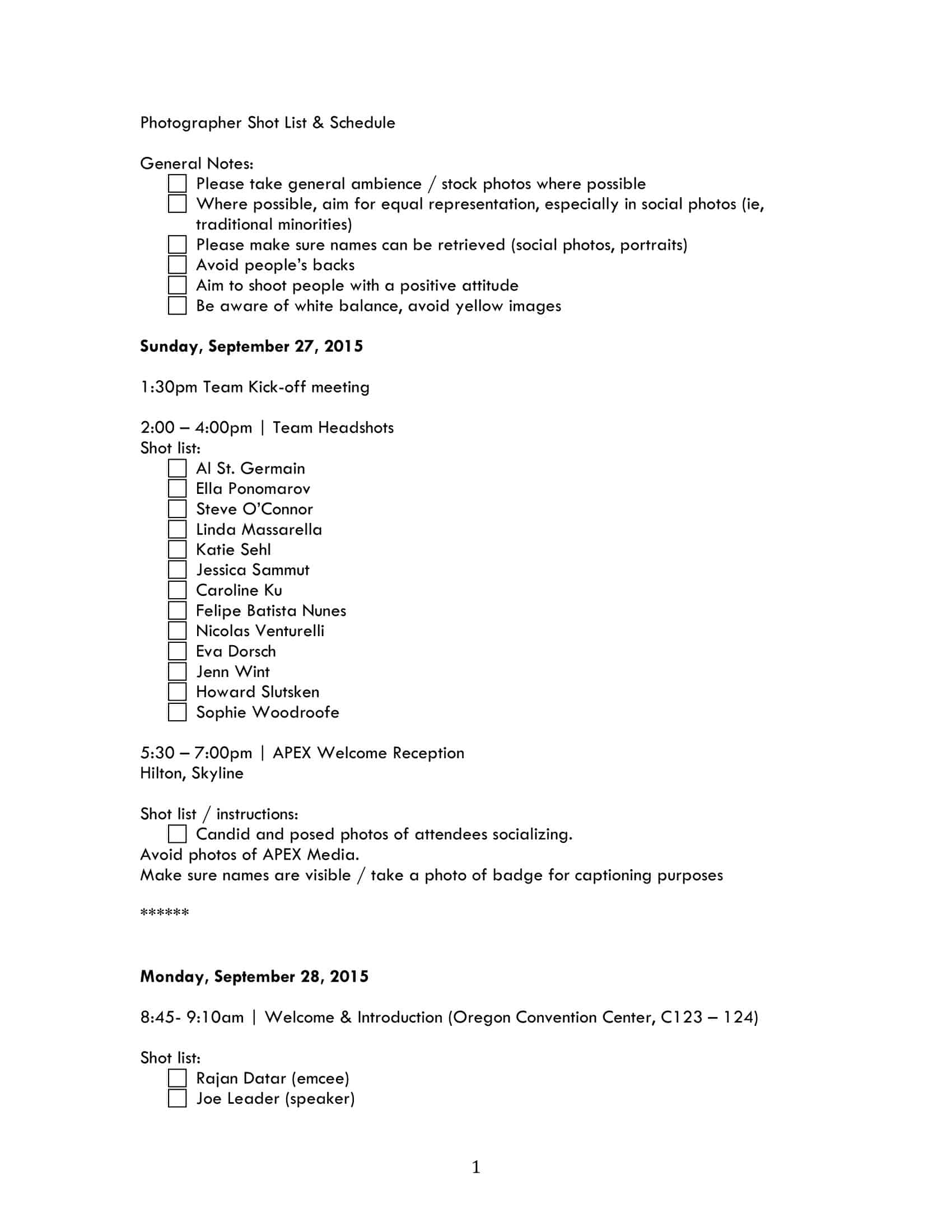




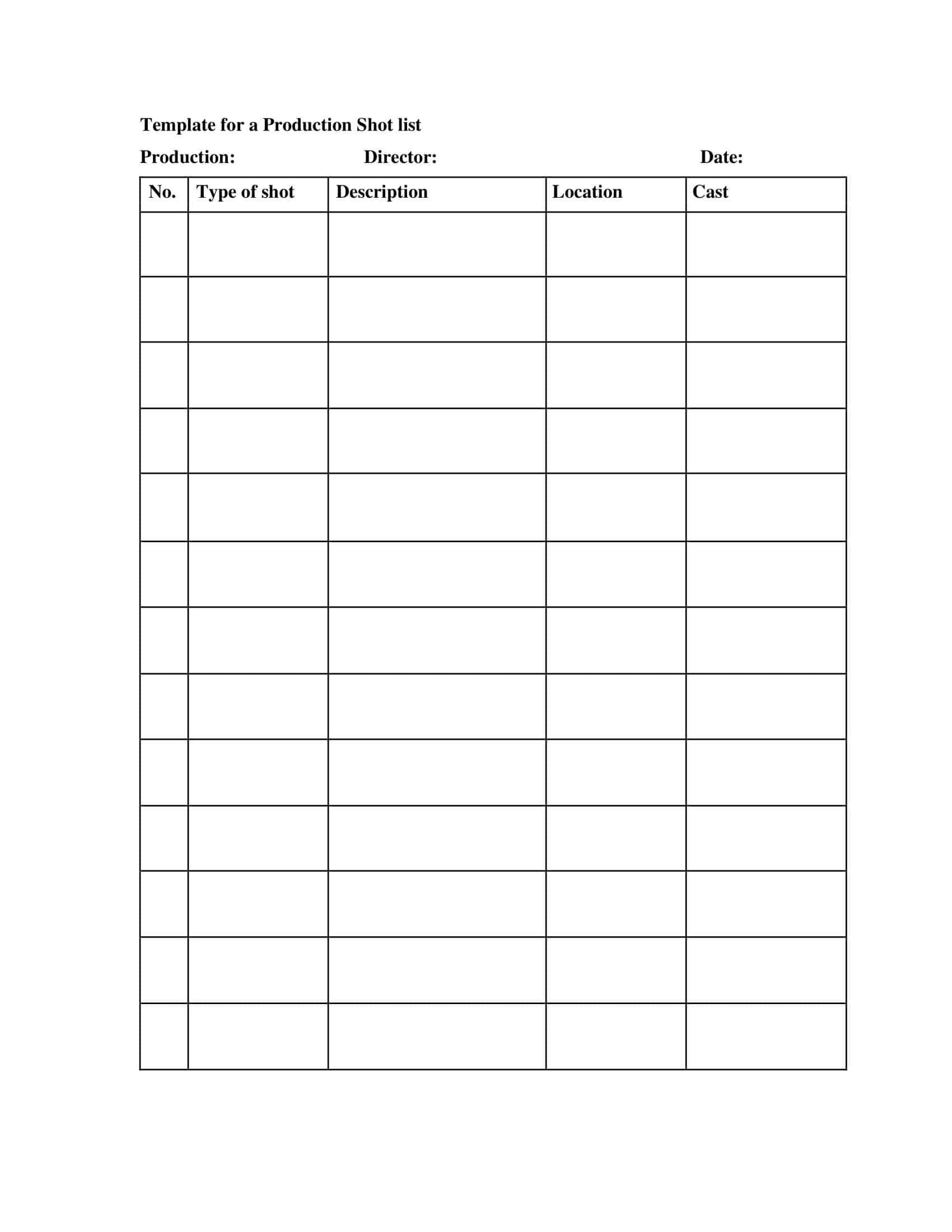














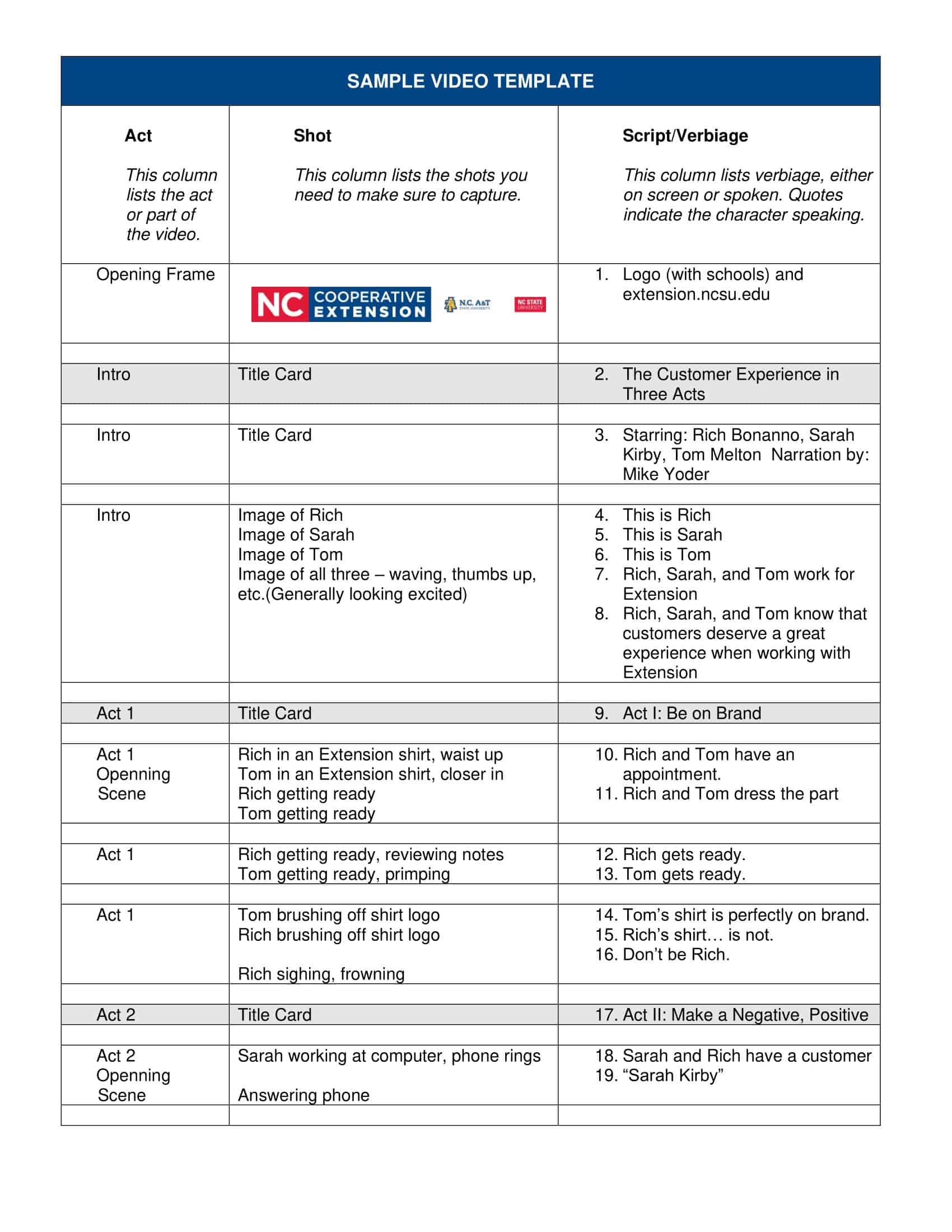

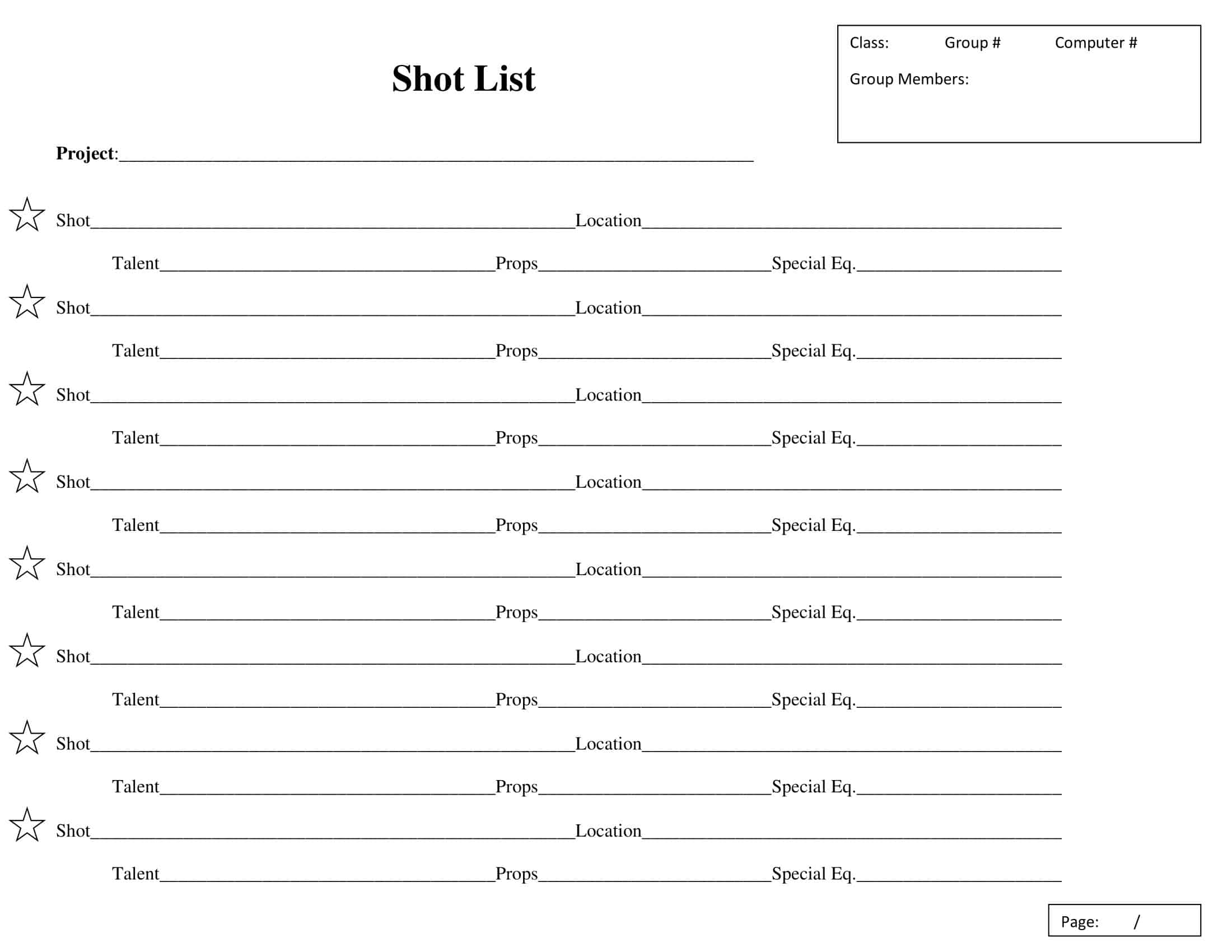

![%100 Free Hoodie Templates [Printable] +PDF 1 Hoodie Template](https://www.typecalendar.com/wp-content/uploads/2023/05/Hoodie-Template-1-150x150.jpg)
![Free Printable Food Diary Templates [Word, Excel, PDF] 2 Food Diary](https://www.typecalendar.com/wp-content/uploads/2023/05/Food-Diary-1-150x150.jpg 150w, https://www.typecalendar.com/wp-content/uploads/2023/05/Food-Diary-1-1200x1200.jpg 1200w)
![Free Printable Roommate Agreement Templates [Word, PDF] 3 Roommate Agreement](https://www.typecalendar.com/wp-content/uploads/2023/06/Roommate-Agreement-150x150.jpg)
